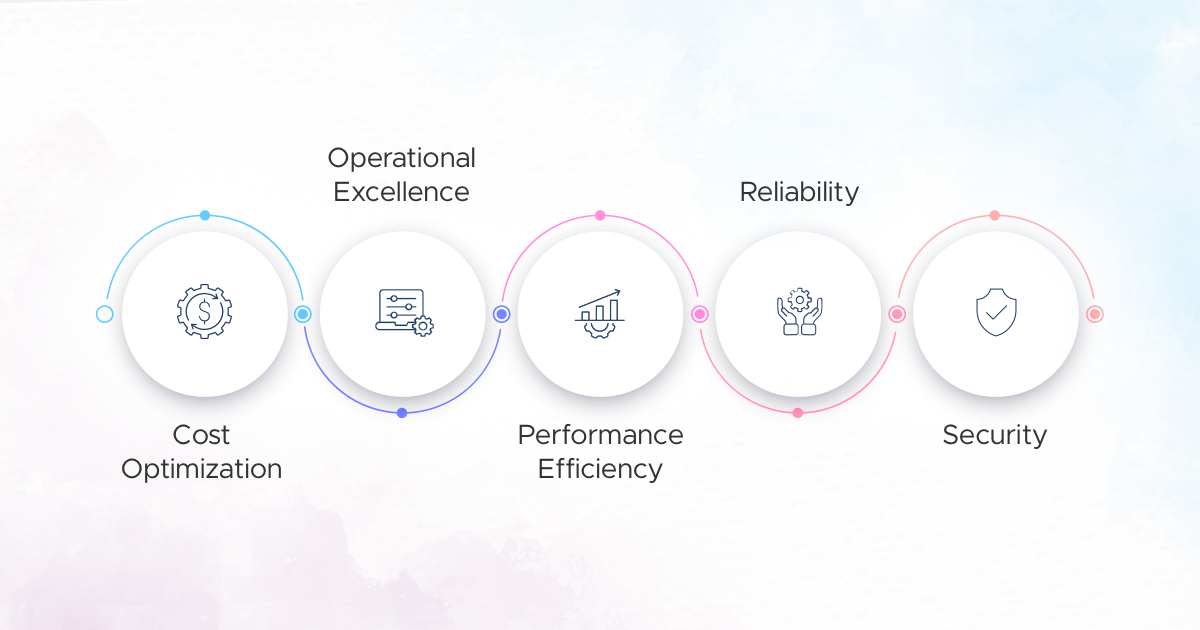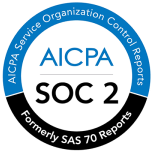In the ever-evolving landscape of cloud computing, achieving architectural excellence is paramount for organizations leveraging Azure services. Enter the Azure Well-Architected Review, a meticulous blueprint designed to elevate cloud solutions to unparalleled reliability, scalability, and efficiency. Let's unravel the essence of this review and understand its pivotal role in shaping cloud excellence.
What is the Azure Well-Architected Review?
As technology requirements evolve, the deployment of business-critical applications becomes increasingly complex. Microsoft introduced the Azure Well-Architected Framework to assist organizations in managing this complexity. This framework consists of a collection of Azure architecture best practices designed to guide new and existing users through their cloud journey, ensuring maximum cloud ROI.
The Azure Well-Architected Review is a self-assessment tool enabling teams to evaluate their workload's alignment with the Azure Well-Architected Framework. Comprising around 60 questions, it reflects the core recommendations outlined in the pillars of the Azure Well-Architected Framework. This structured approach analyzes existing Azure environments, identifies potential issues, and recommends optimizations for enhanced performance, security, and cost-effectiveness.
How does the Azure Well-Architected Review help?
The Azure Well-Architected Review offers several key benefits to organizations:
1. Enhanced Workload Optimization: Organizations can optimize and rearchitect workloads to align with business needs, promoting efficiency, productivity, and cost-effectiveness. Secure access enables organizations to customize their approach to adapt to evolving scenarios.
2. Risk Mitigation: By designing and building cloud architectures, organizations gain better visibility into data streams, allowing them to analyze and control risks effectively. This enhanced visibility enables proactive threat detection and mitigation actions.
3. Accelerated Innovation: With optimized workloads and mitigated risks, organizations can explore new applications and services with agility. The ability to introduce new products and deploy applications without disrupting operations fosters innovation and accelerates development.
4. Reduced infrastructure costs: By implementing the recommendations from the review, organizations can streamline their infrastructure, rightsize resources, and eliminate unnecessary expenses, ultimately leading to cloud cost savings and improved efficiency in Azure usage.
5. Increased scalability: The review may recommend best practices for designing scalable solutions, such as leveraging Azure services like auto-scaling, load balancing, and distributed architectures. By implementing these recommendations, organizations ensure that they can adapt to changing business requirements and handle spikes in traffic or workload without compromising performance or reliability.
The Azure Well-Architected Review and Framework are invaluable tools for organizations to assess their cloud architecture and performance. A robust and well-defined cloud infrastructure equips organizations to navigate the challenges of the new normal by aligning technology solutions with business requirements.
The five pillars of the Azure Well-Architected Framework

The Azure Well-Architected framework offers a collection of Azure's finest practices to facilitate the development and delivery of exceptional solutions. The Five pillars of the Azure Well-Architected Framework represent a series of guiding principles for constructing and launching top-tier solutions on the Azure platform. The Five Pillars of Azure Well-Architecture Framework are as follows:
1. Cost Optimization: With the increasing adoption of cloud solutions, optimizing existing cloud costs is necessary to extract maximum value. Azure cost optimization helps businesses in:
- Understanding and forecasting costs
- Optimizing workloads
- Controlling cloud costs
2. Operational Excellence: Operational excellence entails principles to streamline cloud operations and processes to ensure enhanced customer experiences. Azure contributes to successful operational excellence architectures through the following methods:
- Implementing modern practices in designing, building, and orchestrating cloud solutions.
- Leveraging cloud cost monitoring and analytics tools to obtain operational insights and enhance performance.
- Utilizing automation to minimize manual effort and reduce the risk of errors in operations.
- Incorporating testing practices throughout the application deployment process and ongoing operations to ensure reliability and efficiency.
3. Performance Efficiency: The performance efficiency pillar of Azure Well-Architected Review emphasizes the workload's capacity to scale effectively in response to user demands. The performance and scalability of an application can be amplified by:
- Scaling up (add more resources to an instance) and scaling out (add more instances to a service)
- Optimizing network performance
- Optimizing storage performance
- Identifying performance bottlenecks in applications
4. Reliability: Businesses today necessitate dependable cloud workloads capable of resilience and continuous functionality even amidst failures. The reliability pillar of principles evaluates the robustness of applications deployed on Azure. With cloud resilience, organizations can:
- Design and manage mission-critical systems confidently and effectively.
- Establish availability and recovery criteria tailored to workload degradation and business requisites.
- Employ architectural best practices to pinpoint potential failure points within existing architecture and assess application responses to failures.
- Conduct simulations and forced failovers to evaluate detection and recovery capabilities across diverse failure scenarios.
- Ensure consistent application usage through reliable and replicable procedures.
- Monitor application health for early failure detection, identification of potential weaknesses, and overall application health assessment.
- Respond to failures and disasters by implementing predefined strategies for resolution.
5. Security: In today's digital landscape, data is the most invaluable asset for any organization. Hence, ensuring security becomes paramount when constructing cloud architecture. Azure amplifies cloud security by covering the following broad security areas:
- Identity management
- Protect your infrastructure
- Application Security
- Data sovereignty and encryption
- Security Resources
How can CloudKeeper help?
As a certified Azure Partner, CloudKeeper leverages its expertise and experience to facilitate organizations in navigating the Azure Well-Architected Review journey seamlessly at no cost. Our seasoned professional team helps you identify optimization opportunities and implement actionable recommendations aligned with Azure best practices. With CloudKeeper's guidance, organizations can unlock the full potential of Azure, drive innovation, and achieve unparalleled success in the cloud.
In conclusion, the Azure Well-Architected Review is a cornerstone for organizations embarking on their Azure cloud journey. By embracing this holistic framework, organizations can architect cloud solutions that embody excellence across security, reliability, performance, operations, and Azure cost optimization domains. With CloudKeeper's support, organizations can confidently begin their transformative journey, knowing that their Azure environments are primed for success in the dynamic world of cloud computing.








